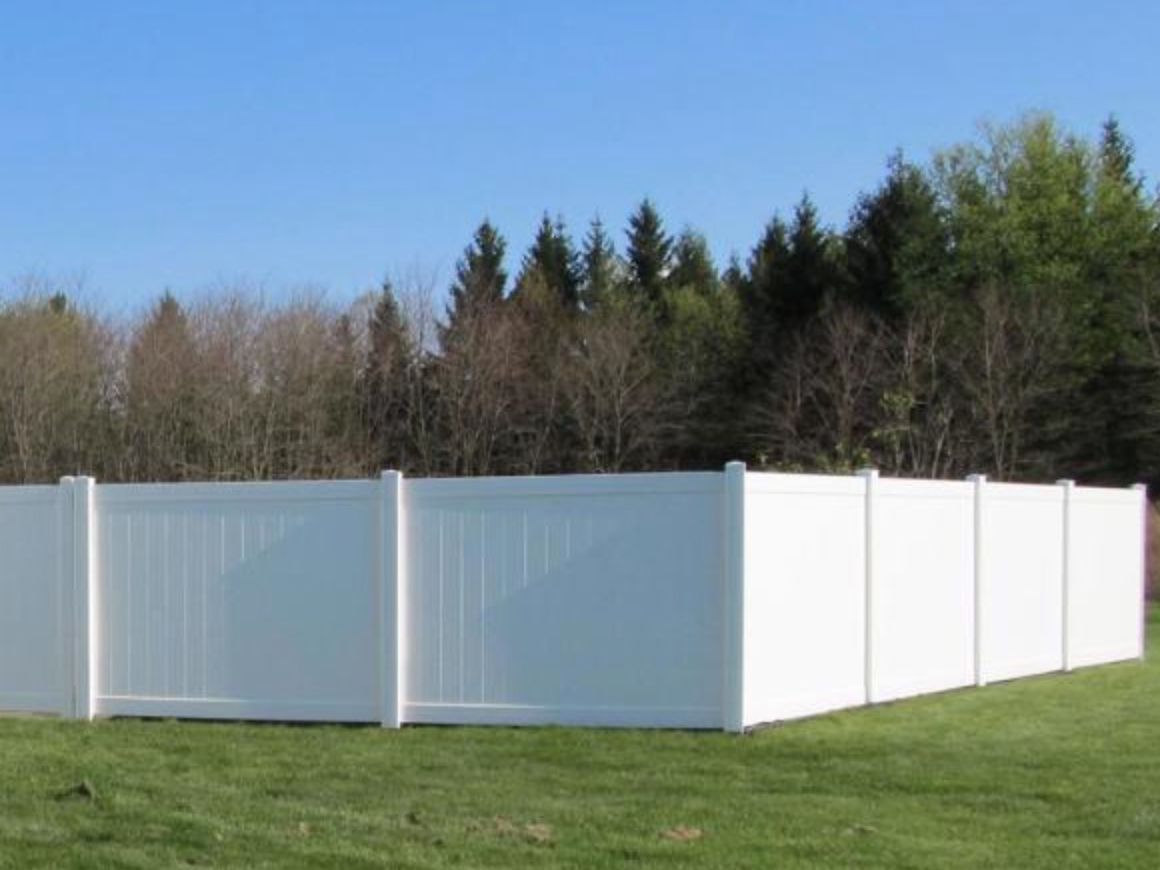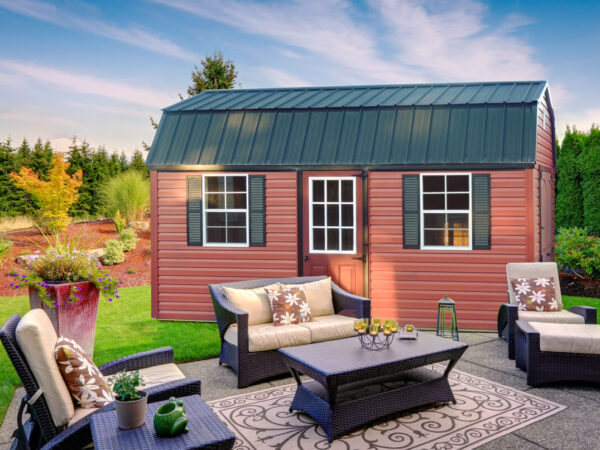Introduction
A fence is one of the best ways to keep your pet within the safe confines of your property. However, the market is full of options, and you may feel overwhelmed and spoilt for choice. While you can easily hire professionals for building a fence by searching for a “fencing company near me”, deciding on the right one isn’t easy. Let’s check out the best fencing for your pets:
The Fencing
- Solid Barrier Fences – Some dogs and cats are more active than others and can get easily distracted. A solid barrier fence is the best option for them. A solid barrier fence blocks their vision of the outside world and also obstructs outside noise to some extent. These kinds of fences can also double as privacy fences and also protect other pets and small children in your home.
With a tall solid physical barrier, you don’t have to worry about your pets or your kids wandering off outside property lines and onto the street with high vehicular traffic. When it comes to solid barrier fences, wood fences are the most sought-after option. It isn’t just secure and strong but also adds exceptional curb appeal to your property. Among solid barrier fencing, it looks the nicest and can add to the value of your property.
However, wood fencing isn’t affordable by any means, especially in the years of timber shortage. Moreover, installing a wood fence isn’t an easy task and takes a lot of time. That’s why some people go for mixed fencing made of both aluminum and wood to offset the cost. Either way, you need to make sure that the fence is tall enough to keep your pet from jumping over. Usually, solid barrier fences for pets are 6 feet high or even taller.
You need to take other measures as well to keep dig-happy pets inside the property. You can either install underground barriers under the fence or spray your fence with dog repellant solutions like a mixture of cayenne pepper and vinegar.
- Chain-Link and Metal Fences – While solid barrier fences are a great option for both containing your pets, privacy, and aesthetics, they aren’t cost-effective and highly labor-intensive. Instead, you can go for metal fences that are primarily aimed at security. However, this kind of fence may not work if you have a small dog.
This kind of fence includes a chain-link fence and steel fence. Chain-link fence is usually made of metal posts with metal chain links connecting them. You may as well opt for wired mesh fences since they work the same way and can be constructed with a higher frequency of metal posts. However, for a metal fence, it’s best to opt for those made of steel. They can look amazing and are extremely strong. They mimic the look of Victorian wrought iron fencing.
These types of fences are very effective at keeping your dog within bounds. However, since they have gaps between the posts, they may not be ideal for small pets who may be able to slip out. These types of fences are also cheaper to install compared to a solid wood fence and don’t require a lot of maintenance. Make sure the foundation is deep enough when you opt for this kind of fence to make it dig-proof.
- Electric Fences – These fences usually garner interest from pet owners who have a large property and want to maintain its open aesthetic brilliance while preventing their pets from going out of the property limits. They are also cheaper to build compared to other types of fences. You just need to make a barrier out of a few wires and connect them to the grid.
However, it’s the last thing you should opt for. This kind of fence shocks your dogs every time they come in contact with the fence and that isn’t good for their physical or mental health. When your dog is exposed to negative stimuli for an extended period of time, it brings up behavioral challenges that are hard to fix. It can also affect small children who are equally curious and may attempt to go out of the property lines.
An electric fence often makes your dogs more irritable and makes them afraid of other dogs and people. This is dangerous for both your pet and for anyone entering your premises. Since an electric fence doesn’t deter your dog with positive reinforcement, it is the last thing you want.
- GPS fence – If you want an inexpensive, no barrier fence, a GPS fence is much more ideal. It’s much cheaper than any of the above-mentioned fences. A virtual GPS system has a few components. Dog collars, satellites, and an app, or a website to draw the virtual boundary. The GPS tracker in the collar tracks your dog’s position and whenever your dog approaches the boundaries set by you, the tracker starts doing its job.
These kinds of trackers have a few deterrents. It usually starts with a vibration. When your dog approaches the fence limits, the collar starts vibrating to warn your dog. After that comes the sound where a tone beeps to let your dog know that they are going out of bounds. Finally, there’s the electric shock. You can choose to deactivate this option and instead track your dog via GPS when it goes out of property lines.
While this kind of fence is cheap and easy to set up, it can’t match the convenience and effectiveness of a real fence. However, they can act as complementary systems to your real fence and can also be very useful when you’re traveling with your furry friend.
Conclusion
As you can see there are all sorts of fences for your pets. From solid barrier fencing to GPS fencing. You can make your fence from all sorts of materials including wood, bricks, steel, and more. To install the best fence for your pets, search for “fencing company near me” and hire pros near you.





